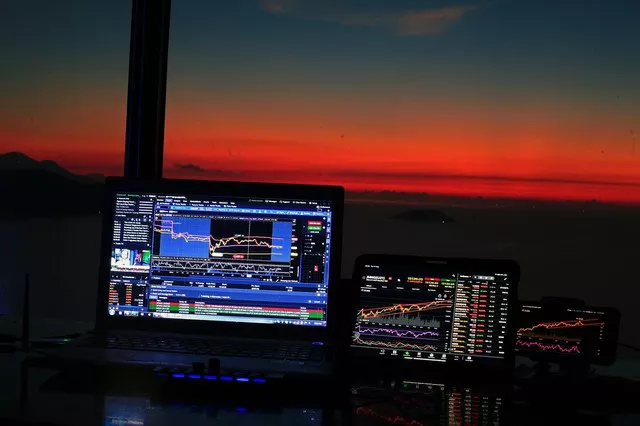Futures trading is an exciting and lucrative way to invest in the financial markets. It involves buying and selling contracts for future delivery of commodities or financial instruments, such as stocks, bonds, currencies, and indices. If you’re new to futures trading or want to start trading in this market, this guide will walk you through the steps of creating a futures trading account.
Choosing a Futures Broker
The first step in creating a futures trading account is to choose a reputable futures broker. A futures broker is a registered professional who acts as an intermediary between traders and the exchanges where futures contracts are traded. Here are some factors to consider when selecting a futures broker:
Commission fees: Futures brokers charge commission fees for executing trades on your behalf. Look for a broker that offers competitive rates that fit your trading style and budget.
Trading platforms: The trading platform is the software that you use to place and manage your trades. Choose a broker that offers a user-friendly platform with advanced charting tools, research reports, and educational resources.
Customer support: Look for a broker that provides responsive customer support via phone, email, or live chat. You’ll want to have access to reliable support whenever you need help with your account or technical issues.
Opening a Futures Trading Account
Once you’ve chosen a futures broker, the next step is to open a futures trading account. Here’s what you’ll need to do:
Fill out an application: The broker will ask you to fill out an application that includes personal information, such as your name, address, and social security number. You’ll also need to provide information about your trading experience, financial status, and investment objectives.
Verify your identity: The broker may require you to provide a government-issued ID and proof of residency to verify your identity. This is a necessary step to prevent fraud and comply with anti-money laundering regulations.
Fund your account: To start trading, you’ll need to fund your account with a minimum deposit. The amount varies depending on the broker and the type of account you choose. Some brokers offer different types of accounts, such as individual, joint, corporate, or IRA accounts.
Understanding Futures Trading
Before you start trading futures contracts, it’s important to understand how they work and the risks involved. Here are some key concepts to keep in mind:
Contract specifications: Each futures contract has specific specifications, such as the underlying asset, delivery date, contract size, tick size, and margin requirements. Make sure you read and understand the contract specifications before placing any trades.
Leverage: Futures trading involves using leverage, which means you can control a large position with a small amount of capital. While leverage can amplify your profits, it can also magnify your losses if the market moves against you.
Risk management: To mitigate the risks of futures trading, it’s essential to use risk management strategies, such as setting stop-loss orders, diversifying your portfolio, and not risking more than you can afford to lose.
Placing Trades
Once you’ve funded your account and familiarized yourself with the basics of futures trading, you’re ready to place trades. Here are some tips to help you get started:
Choose your markets: Futures contracts are traded on various exchanges around the world, such as the Chicago Mercantile Exchange (CME), the New York Mercantile Exchange (NYMEX), and the Intercontinental Exchange (ICE). Choose the markets that best suit your trading strategy and interests.
Analyze the markets: Use technical analysis and fundamental analysis to analyze the markets and identify trading opportunities. Technical analysis involves studying price charts and indicators to predict future price movements, while fundamental analysis involves analyzing economic and market data to assess the underlying value of an asset.
Place orders: When placing orders, you can choose between market orders, limit orders, stop orders, or other types of orders. Make sure you understand the different order types and their advantages and disadvantages.
Conclusion
Creating a futures trading account requires careful consideration and preparation. By choosing a reputable broker, understanding the basics of futures trading, and using risk management strategies, you can increase your chances of success in this exciting and dynamic market. Remember to start small and build your way up as you gain experience and confidence.


